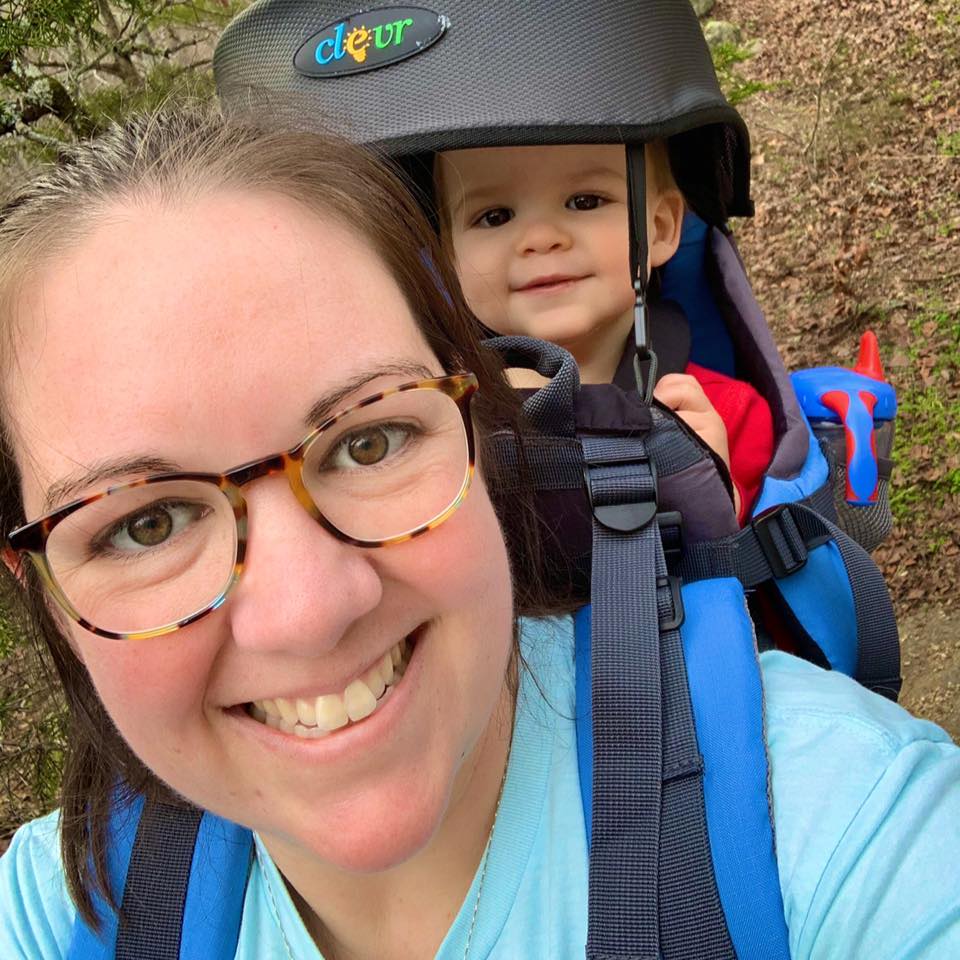I live in Asbestos Town, and I didn't even know it.
- anjolireynolds

- Nov 8, 2021
- 3 min read
Conservation Conversations: Asbestos Town with David Boraks, WFAE
By Michele Miller Houck, Carolina Raptor Center

I live in Asbestos Town, and for years, I had no idea. For a number of years I took almost daily walks by the Linden Cotton Mill and through the Historic West Side of Davidson. Until there was a sign on the hill “Do not walk on the grass” I really wasn’t even curious. That was over 5 years ago.
HISTORY OF THE MILL
Built in 1891, the building was originally a cotton mill that primarily hired White residents of the town. In 1930, the facility was purchased by Carolina Asbestos Company and was used to produce shingles, insulation and brake pads. Opportunities were given to a more diverse group of workers, and a significant number lived in the historically African American West Side of Davidson, down the hill from the plant. The plant was sold in the 1960s and closed in 1970.
STORIES FROM ASBESTOS TOWN
A number of area residents were interviewed for regarding their memories of working, or playing in and around the site and these are their stories:

Ruby Houston, who lives at the base of Asbestos Hill, recalls the white run off that flowed down the hill into the creek toward Roosevelt Wilson Park. Her mother forbade them from playing in it. But others used the Asbestos waste to fill in their yards and cover driveways. An EPA and State DEQ project in 2017 tested more than 90 properties and cleaned up 32 properties then. An additional 11 properties including the park have been remediated since that time.
Frank Jordan, 75, started out feeding raw materials into processors and eventually worked his way up to lead man in the facility. He recalls the interior being filled with asbestos dust, but also says that workers had no idea that the asbestos particles were deadly. Many of his friends and coworkers have died from asbestos related disease. He has been checked out and does have asbestos in the lining of his lungs but is not sick. Experts say that it could take as long as 50 years to show up.
Former Mayor John Woods says that as a child they would bike to the plant after school and would bet on the color of the retention pond out back, every day. Was it going to be blue or white or purple? He recalls that it was all in fun, what ended up being deadly fun for some of the children of the West Side, who sometimes swam in the colored run off from the plant.

West Side resident and former Town Board member Garfield Carr lost both his father and his grandfather from asbestos related illness after they worked in the plant for years. He discourages developers from disturbing the site because of the negative consequences that could befall the West Side and distrust between the town and West Side residents.
LEARN MORE
This is a story of environmental injustice that was perpetrated on the African American residents of my town that was hiding in plain sight for years. It appears that it is coming out into the light. I am sure that the story is not over, but I do know that the residents of the West Side and this reporter will not let it fall by the wayside anytime soon. These are the kinds of stories that we are looking to tell during the Conservation Conversation series. Check out the calendar at thisisquest.org for more information about upcoming events.
For more information about asbestos in Davidson, and to listen to the hour long special, “Asbestos Town” go to www.wfae.com/asbestostown/





Comments